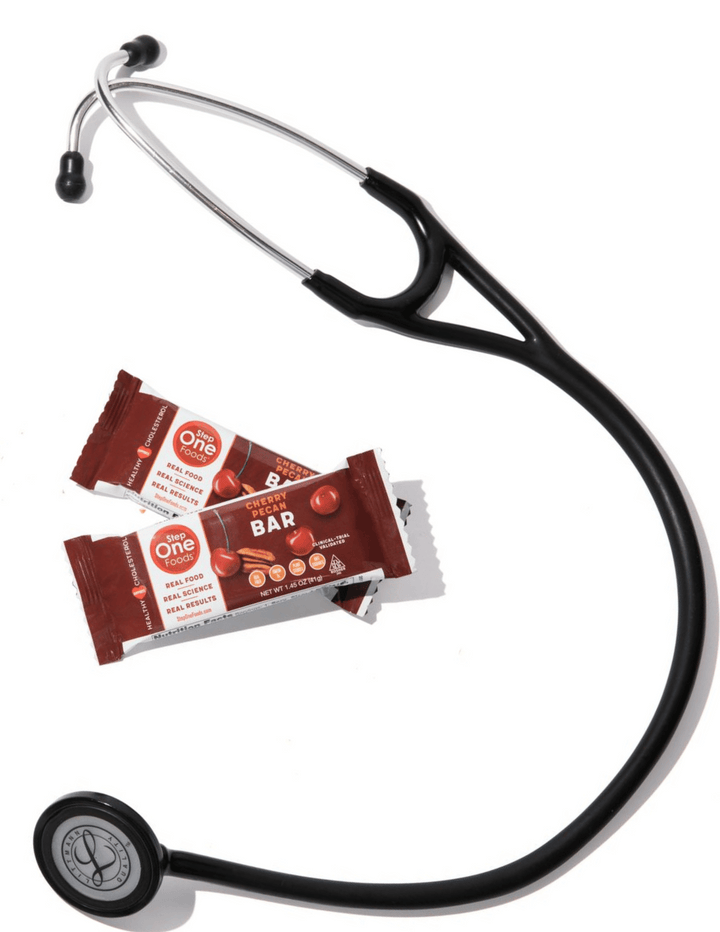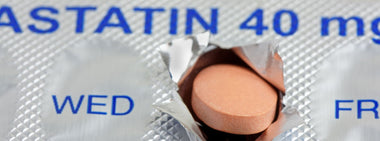Why Do Food Processors Use So Much Salt? Part 1

Every year food manufacturers dump about 5 billion pounds of salt into our foods. This is the first in a several part series about the use of salt in food manufacturing.
This week the FDA made news by proposing voluntary guidelines for the food industry designed to reduce the amount of sodium in the American diet.
How much sodium is too much sodium? The federal government recommends 1500-2300 mg per day, but on average Americans are consuming 3400 mg per day. A full 70 percent of that sodium is delivered in our processed foods, not from our salt shakers.
So why do food manufacturers use so much salt?
Reason #1. It’s about the cheapest ingredient available.
When we first started product development for Step One, we sat down with an industry expert, and he told us the number one trick for managing ingredients costs was to add lots of salt. That’s right, you’re getting so much sodium in your diet because salt is a cheap filler.
At Step One Foods, we made a different decision. Because our mission is to help you move the needle on your health, we use the best ingredients and we don’t add salt to reduce our ingredient costs.
If you look at our nutrition panel, you’ll see most of our foods round to 0 grams of sodium, which means that they contain less than 3 mgs. And with the exception of our pancakes which need sodium to rise, you’ll find that our sodium is all naturally occurring.
Here’s the nutrition panel for our Blueberry & Cinnamon Oatmeal. By contrast, Quaker Instant Oatmeal contains 280 mg of salt.

Next week, we’ll discuss the masking effect of sodium.
Reference: Moss, Michael. Salt Sugar Fat. 2013

Tested & Proven Results.
- Cardiologist formulated
- Supported by over 500 publications
- Clinically-proven, in a double-blind randomized trial with Mayo Clinic and The University of Manitoba
80% of participants lowered their cholesterol in just 30 days. With just two servings per day, Step One Foods offers a proven-effective way to naturally lower LDL (bad) cholesterol.
Get heart health tips and articles like this, delivered right to your email.
New articles every week.
You may also like...

Insulin Resistance, Prediabetes and Type 2 Diabetes. Part 1: Defining the Problem

You don’t need to avoid foods with cholesterol…except for these



